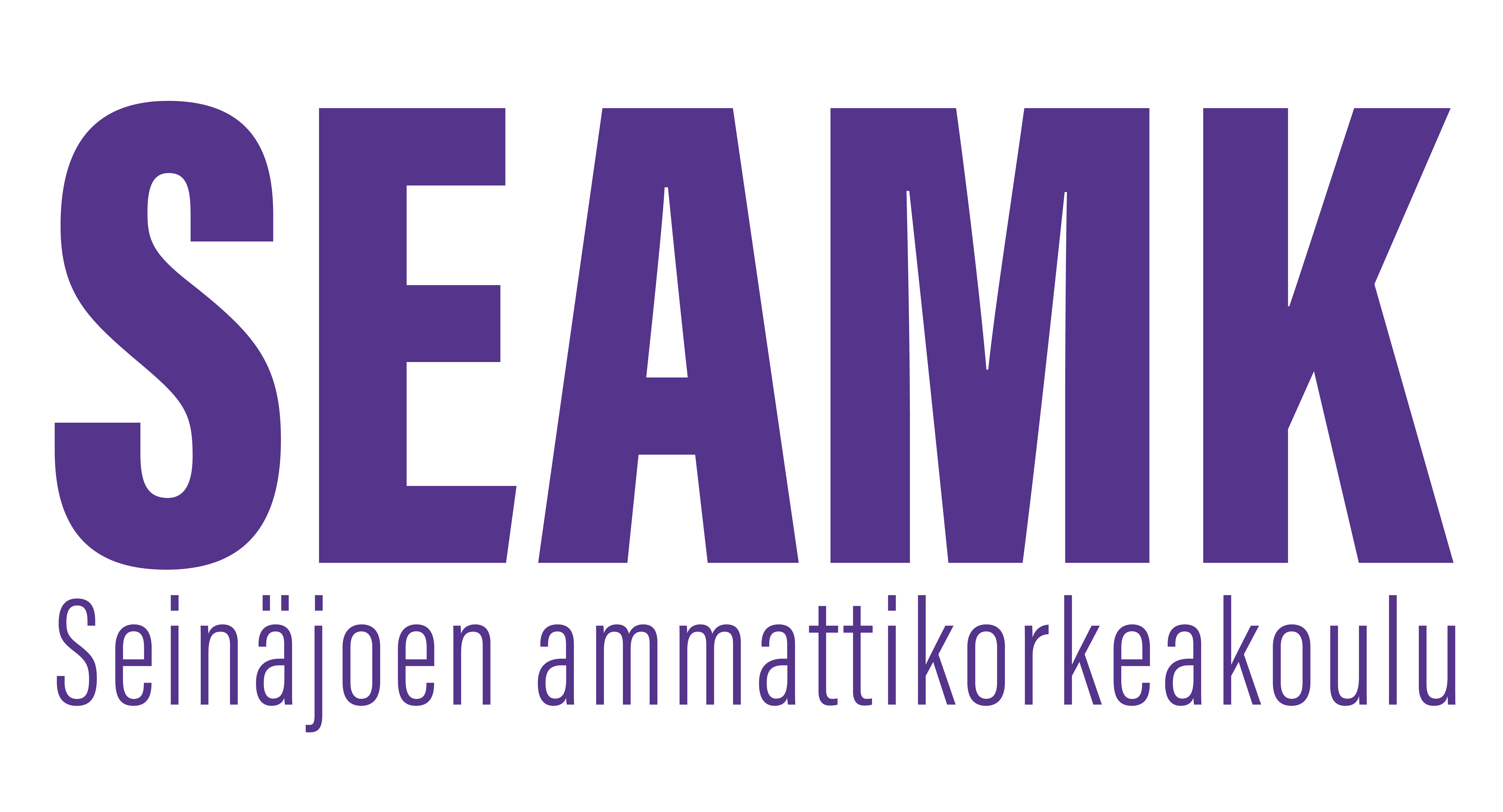Koiran ruokinta (3op)
Toteutuksen tunnus: 9A00DS54-3001
Toteutuksen perustiedot
- Ilmoittautumisaika
- 15.04.2025 - 31.10.2025
- Ilmoittautuminen toteutukselle on päättynyt.
- Ajoitus
- 01.10.2025 - 31.12.2025
- Toteutus on käynnissä.
- Opintopistemäärä
- 3 op
- Lähiosuus
- 0 op
- Virtuaaliosuus
- 3 op
- Toteutustapa
- Etäopetus
- Yksikkö
- SeAMK Agrologi
- Toimipiste
- SeAMK Seinäjoki, Frami
- Opetuskielet
- suomi
- Koulutus
- Agrologi (AMK)
- Opettajat
- Samu Palander
- Ajoitusryhmät
- Avoin AMK (Ei koske tutkinto-opiskelijaa) (Koko: 120 . Avoin AMK : 120.)
- Ryhmät
-
MAGRO23Agrologi (AMK)
-
AGRO24Agrologi (AMK)
- Pienryhmät
- Avoin AMK (Ei koske tutkinto-opiskelijaa)
- Opintojakso
- 9A00DS54
Arviointiasteikko
1-5
Tavoitteet
Opiskelija tuntee koiran ruoansulatuksen toiminnan ja rehunkäyttökyvyn perusteet ja merkityksen raaka-aineiden valinnalle ja pystyy vertailemaan ruokintatapoja ja ruokinnan koostumusta, annoksia ja raaka-ainevaihtoehtoja ja osaa käyttää näitä kuvaillessaan oikeaa käsitteistöä ja pystyy osallistumaan alan ammattimaiseen keskusteluun. Opiskelija tuntee ruokinnansuunnittelun pääperiaatteet ja tavoitteet sekä osaa käyttää ja vertailla eri tietolähteitä ruokinnan arvioinnin ja suunnittelun perusteina. Opiskelija ymmärtää ja osaa arvioida rehuannoksen komponenttien suhteellisen osuuden ja prosessoinnin vaikutusta annoksen ominaisuuksiin ja ravintoaineiden saantiin sekä annoksen käyttökelpoisuuteen ja osaa arvioida ruokinnan onnistumista käytännössä.
Sisältö
• Koiran ravitsemuksen perusteet, ruoansulatus ja sen merkitys rehunkäyttökyvylle
• Ravinnontarpeen ja raaka-aineiden ominaisuuksien perusteet ja käsitteistö
• Käytettävissä olevat tietolähteet ja niiden vertailu
• Mahdolliset rehuraaka-aineet
• Teollisten koiranruokaseosten ominaisuudet
• Ravinnontarpeen ja ruokinnan erityispiirteet yleisimmissä erikoistilanteissa
• Annoksen suunnittelu ja koostaminen hyödyntämällä teollisia seoksia ja/tai raakaruokintakomponentteja
Oppimateriaalit
Saastamoinen, M. & Teräväinen, H. (toim.) 2010. Koiran ruokinta ja hoito
Hellemann, M. & Marjeta, P. 2021. Koiran ruokinta
Rehutaulukot ja ruokintasuositukset (Luonnonvarakeskus)
NRC 2003. Nutrient requirements of dogs and cats
Opetusmenetelmät
Täysin itsenäisesti suoritettava verkko-opinto:
Opinto suoritetaan verkossa Moodle-oppimisympäristössä. Opinto suoritetaan itsenäisesti omaan tahtiin toteutusaikana. Opinto ei sisällä yhteisiä tapaamisia eikä pari- tai ryhmätyöskentelyä.
Opiskelija perehtyy teoria-aineistoon, tekee verkkotehtävät / harjoitusprojektin /tentin/-t annettujen ohjeiden mukaisesti. Opinto edellyttää itsenäistä työskentelyä ja aikataulun suunnittelua.
Opiskelijan ajankäyttö ja kuormitus
Opinnon työmäärä on mitoitettu siten, että opinnon tavoitteena olevan osaamisen hankkimiseksi yksi opintopiste vastaa keskimäärin 27 tuntia opiskelijan tekemää työtä. Todellinen ajan tarve vaihtelee yksilöittäin mm. aiemman osaamisen takia.
Arviointikriteerit, tyydyttävä (1)
Opiskelija osaa kommentoida raaka-aineiden ja annosten käyttömahdollisuuksia käyttämällä asianmukaista käsitteistöä ja osaa valita käytettäviä raaka-aineita.
Arviointikriteerit, hyvä (3)
Opiskelija osaa kommentoida raaka-aineiden ja annosten käyttömahdollisuuksia käyttämällä asianmukaista käsitteistöä ja osaa valita käytettäviä raaka-aineita. Opiskelija osaa lisäksi perustellusti vertailla ja suunnitella ruokinnan koostumusta ja seosten käyttömahdollisuuksia.
Arviointikriteerit, kiitettävä (5)
Opiskelija osaa kommentoida raaka-aineiden ja annosten käyttömahdollisuuksia käyttämällä asianmukaista käsitteistöä ja osaa valita käytettäviä raaka-aineita. Opiskelija osaa lisäksi itsenäistä tiedonhakua hyödyntäen ja eri osa-alueiden tietoja soveltaen suunnitella ruokintoja eri tilanteisiin sekä kokonaisvaltaisesti ja kriittisesti vertailla raaka-aineiden ja seosten käyttömahdollisuuksia eri tilanteissa.
